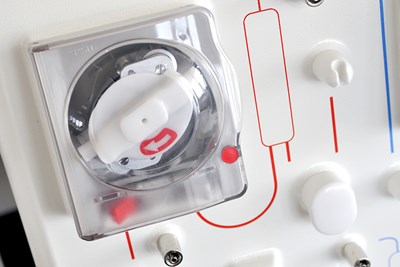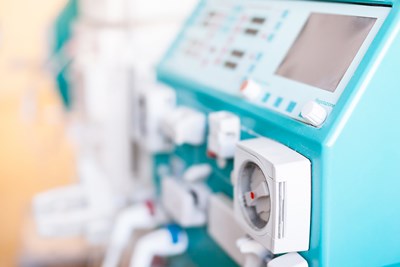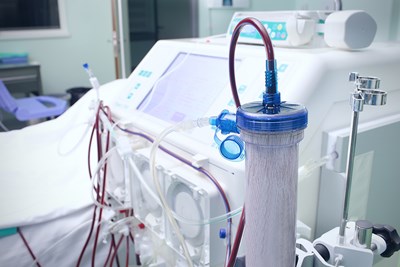When the kidneys no longer function adequately, there are steps that can be taken to ensure waste is filtered from the body. Enter, dialysis. Dialysis uses artificial means to filter out waste and extra fluid from the blood. The elimination of waste is known as diffusion, while the filtering of excess water is ultrafiltration. Also called renal replacement therapy, here’s a look at dialysis, its types, expectations, and risks.
Why It’s Used
Dialysis is used to help those who have suffered from kidney damage or injury; the body no longer provides a proper waste filtration system. Dialysis provides that. It also allows people with kidney diseases and failure (especially those awaiting a kidney transplant) to continue living life at an increased functionality compared to without dialysis. It is appropriate not only for long-term sufferers of chronic kidney damage but also for those suffering from shorter-term illnesses or injuries.
Hemodialysis
Hemodialysis is used more commonly for dialysis. It requires following an extremely strict regimen. After deciding if hemodialysis is appropriate for the patient and when to begin, surgery must be performed to enlarge a vein to which a catheter will be attached. Then, about four to six times a week for three hours, the patient is hooked up to a machine. From the attached catheter, blood is sent out of the patient and into the machine, where all of the toxins, excess fluid, and other waste is flushed out. Then the blood is sent back into the patient through a separate catheter. According to the Mayo Clinic, hemodialysis also allows the blood to keep levels of fluids and nutrients balanced. Hemodialysis may be performed in a long-term care facility (such as a dialysis center), as an outpatient procedure, or in the home with the help of a caretaker.
Peritoneal Dialysis
Peritoneal dialysis, on the other hand, is a little bit simpler and easier to perform and live with—especially as an in-home dialysis alternative. Peritoneal dialysis may be a better option for those who wish to continue living a rather active lifestyle or those who do not deal well with the massive change of fluid required by hemodialysis. A catheter is placed in the abdomen. Once the site is healed, fluid is sent into the abdomen through the catheter, where it sits while waste is attracted to it. After the requisite amount of time has passed, the fluid is sent back out of the catheter into a bag. It can be awkward to have so much fluid situated in the abdomen, but it should not be painful. Peritoneal dialysis can be performed continuously throughout the day, followed by an overnight cycle or three to five times overnight, followed by a single longer cycle during the day.
Risks of Dialysis
Unfortunately, undergoing dialysis does not always mean everything will go back to normal in the end. Additionally, there are a lot of risks associated with the procedure. According to the Mayo Clinic, hemodialysis may result in:
- Low or high blood pressure
- Muscle cramping
- Trouble sleeping
- Itchy skin
- Anemia (low red blood cell count)
- Weaker bones
- Too much fluid between treatments
- Pericarditis (inflamed heart membrane)
- High potassium levels
- Complications at the site of exchange
- Amyloidosis (excessive amounts of the protein amyloid)
- Mood changes
Conversely, the risks of peritoneal dialysis include:
- Weight gain
- Abdominal hernias
- Peritoneum infection or catheter site infection



